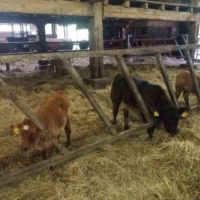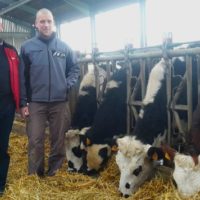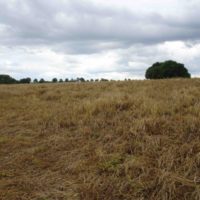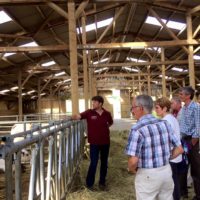Dynamic rotational grazing
Practice abstract
Description
Dynamic rotational grazing aims at a reduced grazing period per plot, on an increased number of plots. The grazing management must be global for all the plots. Animals (e.g. cows, sheep) graze maximum 3 days per plot, but very often the duration is even reduced to only 1 day! The size of the plots is reduced to suit the needs of the herd over this short time. Fences are usually made of electrified movable wires to adapt to the grass availability. This grazing management enables to valorize grass at the best stage of development and allows a fast and abundant regrowth, without drawing on the reserves of the plants. The ingestion of the animals is also maximized with the rotational dynamic grazing. The rotation time, the time before coming back on the same plot, is variable, depending on the season and the speed of grass growth. The rest period varies from 18-20 days in the spring, during the peak of growth, to about 40 days in autumn (and possibly more in the summer, in case of drought).
In summary, dynamic rotational grazing aims to offer the herd grass at an optimum stage, thanks to high instantaneous stocking rate on small plots and rotation times adapted to grass growth dynamics.
Dynamic rotational grazing requires few investments. But grazing management is very technical and may require more time: the wires and fences must be moved, the farmer must monitor the grass growth and plan the grazing rotation. This circuit must be continuously adapted, in other words, a dynamic management is needed! However, the well-managed dynamic rotational grazing makes it possible to increase the productivity of the meadow, with a high grass quality. Due to the grazing pattern, it also improves the quality of grassland with the emerging of a denser grass with more clover.
Abstract also available in:
Dutch | French | German | Italian | Polish | Swedish
Additional information
| Farming system | organic farming |
|---|---|
| Main types of animal | beef cattle |
| Country | |
| Product type | Practice abstract |
| Language | |
| Main domain of innovation | Improvement of grassland management, Improvement of marketing |




